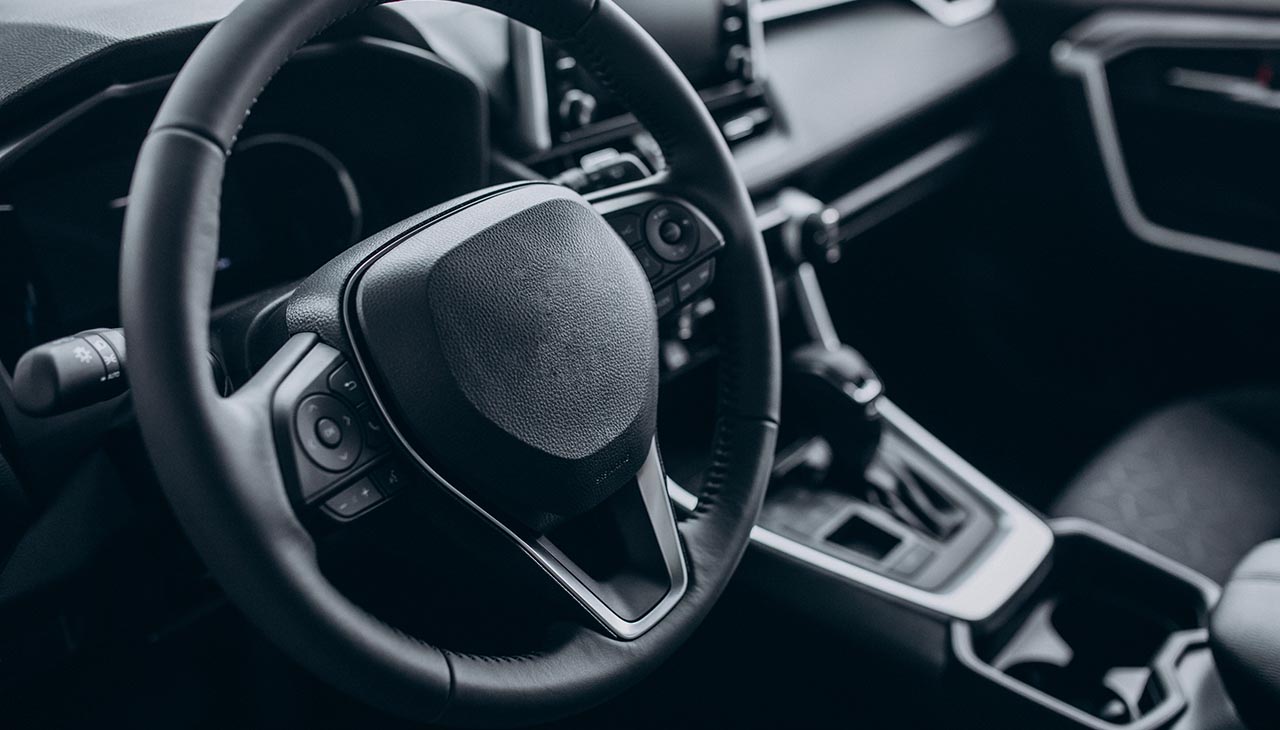In the rapidly evolving landscape of automotive technology, advanced safety features have become a pivotal focal point for manufacturers and consumers alike. These innovations are not just enhancing the driving experience but are fundamentally reshaping the dynamics of vehicle safety, offering unparalleled protection and preemptive measures against accidents. From autonomous emergency braking systems to adaptive cruise control and lane-keeping assist, modern vehicles are equipped with an array of technologies designed to safeguard passengers and pedestrians alike, marking a significant leap forward in the quest for safer roads.
Passive Safety Features
Seatbelts and Airbags
Seatbelts, the first line of defense in a vehicle crash, work in conjunction with airbags to significantly reduce the risk of severe injuries. Airbags, designed to deploy in a fraction of a second during a collision, provide a cushion that helps protect the passengers’ heads and chests from impact with the vehicle’s interior. Together, these passive safety features are crucial in distributing the forces exerted during a crash more evenly across the body, minimizing the likelihood of fatal injuries.
Crumple Zones
Crumple zones, another vital aspect of vehicle safety, are engineered to absorb and redistribute the energy from a collision. Located at the front and rear of a vehicle, these zones are designed to deform in a controlled manner, preventing the full force of the impact from reaching the vehicle’s occupants. This ingenious approach to safety design ensures that the passenger compartment, or safety cell, remains as intact as possible, offering a greater level of protection.
Anti-lock Braking System (ABS)
The Anti-lock Braking System (ABS) is an active safety feature that prevents the wheels from locking up during a sudden stop or on slippery surfaces, allowing the driver to maintain steering control. By modulating the brake pressure to each wheel during an emergency stop, ABS helps avoid skidding, reducing both the stopping distance and the risk of a collision. This system is a critical component in modern vehicle safety, providing drivers with enhanced control in potentially dangerous situations.
Active Safety Features
Adaptive Cruise Control
Adaptive Cruise Control (ACC) represents a significant advancement in vehicle safety and comfort. This active safety feature automatically adjusts the vehicle’s speed to maintain a safe distance from the car in front. By using sensors and radar, ACC can detect the speed of vehicles ahead, slowing down or speeding up accordingly without the driver’s input. This not only enhances safety by reducing the risk of rear-end collisions but also offers a more relaxed driving experience, especially on long journeys.
Lane Departure Warning System
The Lane Departure Warning System (LDWS) is designed to alert drivers when their vehicle begins to move out of its lane unintentionally, usually due to driver distraction or fatigue. Through cameras mounted on the windshield, the system detects lane markings and sounds an alarm if the vehicle strays from its lane without signaling, helping to prevent accidents caused by drifting.
Blind Spot Monitoring
Blind Spot Monitoring (BSM) utilizes sensors or cameras to detect vehicles in the driver’s blind spots, areas that are not visible through the mirrors. When a vehicle enters the blind spot, the system warns the driver with a visual or audible alert, significantly reducing the likelihood of collisions during lane changes. This technology is particularly useful in dense traffic conditions, where the risk of side-swiping accidents is higher.
Automatic Emergency Braking
Automatic Emergency Braking (AEB) is a critical safety feature that can prevent accidents or reduce their severity by automatically applying the brakes if a collision threat is detected. Using forward-facing radar and cameras, AEB systems can identify potential obstacles, including vehicles and pedestrians, and engage the brakes if the driver fails to respond in time. This technology underscores the automotive industry’s move towards more protective measures, offering a last line of defense for drivers.
Driver Assistance Systems
Parking Assistance
Parking Assistance systems revolutionize the way drivers approach parking, transforming what is often considered a stressful aspect of driving into a more manageable task. By employing a combination of cameras, sensors, and sometimes radar, these systems guide drivers into parking spaces, offering both visual and auditory feedback to prevent collisions with obstacles, pedestrians, or other vehicles. Some advanced systems even take control of the steering to maneuver the vehicle into the spot, requiring the driver to only manage the brakes and accelerator, thereby significantly reducing the risk of parking-related accidents.
Traffic Sign Recognition
Traffic Sign Recognition (TSR) utilizes camera systems to detect and interpret road signs, providing real-time information to the driver. This technology can identify a wide array of signs, including speed limits, no-entry, and other warning signs, displaying them on the vehicle’s dashboard or head-up display. By keeping drivers informed about the current road rules, TSR plays a crucial role in enhancing road safety, especially in unfamiliar areas or during moments of inattention.
Collision Avoidance Systems
Collision Avoidance Systems represent a pinnacle in active safety technology, designed to prevent or mitigate the impact of an imminent collision. These systems employ an array of sensors, cameras, and radar to monitor the vehicle’s surroundings, detecting potential hazards such as vehicles, pedestrians, or obstacles on the road. Upon identifying a threat, the system alerts the driver with visual, auditory, or tactile warnings. If the driver fails to respond, some systems can automatically apply the brakes or make steering adjustments to avoid the collision or lessen its severity. This proactive approach to vehicle safety underscores the industry’s commitment to not just protecting occupants, but also actively preventing accidents before they occur.
